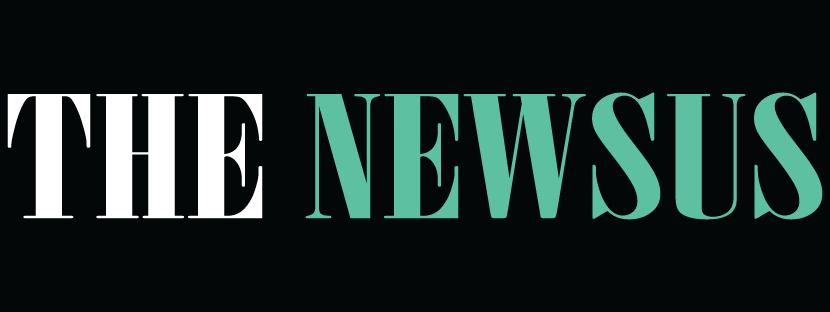Asset Tokenization Platform Development: Transforming Real-World Assets into Digital Tokens
In the age of blockchain and decentralization, asset tokenization has emerged as a groundbreaking innovation. Businesses and investors are increasingly...
In the age of blockchain and decentralization, asset tokenization has emerged as a groundbreaking innovation. Businesses and investors are increasingly looking to asset tokenization platform development as a way to bring liquidity, transparency, and security to traditionally illiquid assets such as real estate, art, commodities, or private equity.
But what exactly is asset tokenization, and what goes into building a platform that powers it?
What is Asset Tokenization?
Asset tokenization is the process of converting rights to a real-world asset into a digital token on a blockchain. These tokens represent ownership, shares, or entitlements and can be traded or transferred just like cryptocurrencies. The underlying idea is to make traditionally illiquid or hard-to-access assets more liquid, divisible, and accessible to a broader audience.
Why Invest in Asset Tokenization Platform Development?
Asset tokenization platform development enables companies, financial institutions, and startups to tokenize assets securely and compliantly. Here’s why organizations are focusing on platform development:
- Increased Liquidity: Tokenized assets can be fractionalized and traded 24/7 on secondary markets.
- Global Accessibility: Investors across the globe can access high-value assets with minimal entry barriers.
- Enhanced Transparency: Every transaction is recorded on a blockchain, ensuring traceability and trust.
- Automated Compliance: Smart contracts can enforce jurisdictional regulations and investor rights.
- Reduced Operational Costs: Eliminate middlemen and paperwork by digitizing asset ownership and transfers.
Core Features of an Asset Tokenization Platform
To develop a robust tokenization platform, the following features are essential:
- Asset Onboarding Module
- User-friendly dashboard for asset issuers to input data, documents, and asset metadata.
- KYC/AML integrations for asset validation and issuer verification.
- Smart Contract Generator
- Automated creation of smart contracts to define token terms, dividend payouts, and ownership rights.
- Compliance mechanisms embedded into smart contracts.
- Token Management System
- Supports multiple token standards (ERC-20, ERC-721, ERC-1400).
- Real-time token distribution, burning, minting, and transfers.
- Investor Dashboard
- Allows users to view holdings, monitor asset performance, and manage wallets.
- Supports fiat and crypto payments for token purchases.
- Secondary Marketplace Integration
- Facilitate peer-to-peer trading and integration with decentralized exchanges (DEX).
- Real-time pricing, bids/offers, and order books.
- Legal and Compliance Engine
- Built-in KYC/AML, jurisdiction-specific compliance workflows, and identity management.
- Support for accreditation verification and region-based restrictions.
- Security and Auditing
- End-to-end encryption, multi-signature wallets, and regular security audits.
- Immutable audit trails of all asset and token movements.
Steps in Asset Tokenization Platform Development
- Requirement Analysis
- Define asset classes to be tokenized (real estate, art, private equity, etc.).
- Identify compliance requirements and target investor segments.
- Blockchain Architecture Design
- Choose the right blockchain protocol (Ethereum, Polygon, Solana, etc.).
- Decide on token standards and smart contract functionalities.
- Platform Development
- Backend (admin portal, token engine, API gateway)
- Frontend (user dashboards, wallet interfaces)
- Smart contracts and token lifecycle management
- Third-party Integrations
- KYC/AML providers, payment gateways, custodians, and legal frameworks.
- Testing and Security Audits
- Conduct rigorous penetration testing, smart contract audits, and user acceptance tests.
- Deployment and Launch
- Cloud hosting or decentralized deployment.
- Onboarding of asset issuers and investors.
- Post-Launch Support
- Continuous updates, legal updates, and compliance monitoring.
Use Cases of Asset Tokenization Platforms
- Real Estate: Fractional ownership of commercial or residential properties.
- Fine Art: Tokenizing high-value artwork for shared ownership.
- Private Equity: Tokenized shares in startups and funds for wider investor access.
- Commodities: Digital representation of gold, oil, or agricultural assets.
- Carbon Credits: Transparent trading and issuance of environmental tokens.
Challenges in Platform Development
While the benefits are immense, developers and companies must address:
- Regulatory Compliance: Navigating global and local financial regulations.
- Security Risks: Preventing fraud, data breaches, and contract vulnerabilities.
- User Trust and Adoption: Building intuitive platforms that non-tech users can trust and use.
- Liquidity and Market Making: Ensuring that secondary markets are active and price discovery is efficient.
Final Thoughts
Asset tokenization platform development is paving the way for the future of finance—one that’s more inclusive, transparent, and efficient. As institutions explore ways to digitize their assets, having a reliable, scalable, and compliant tokenization platform is essential.
Whether you’re a fintech startup, investment firm, or enterprise entering the blockchain space, investing in a custom tokenization platform offers significant strategic advantages in the evolving digital economy.




